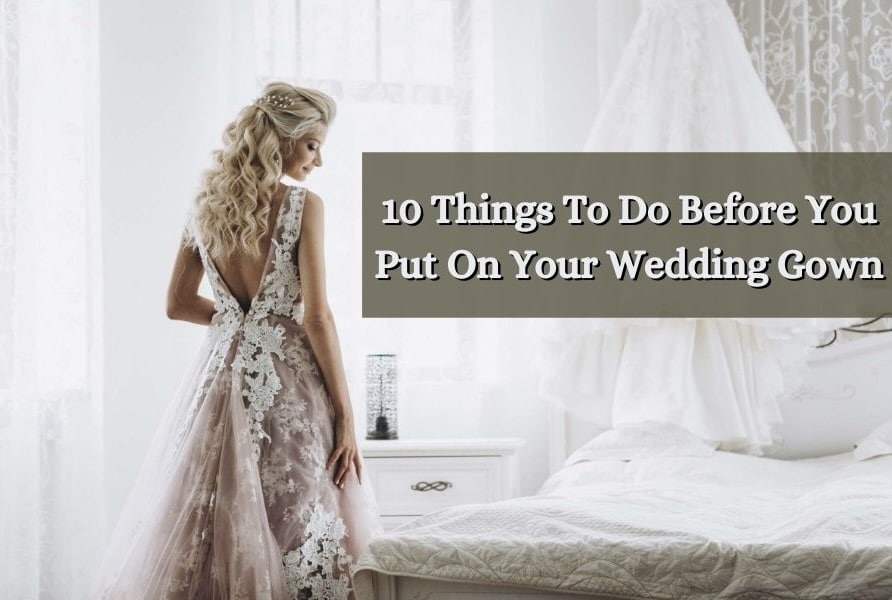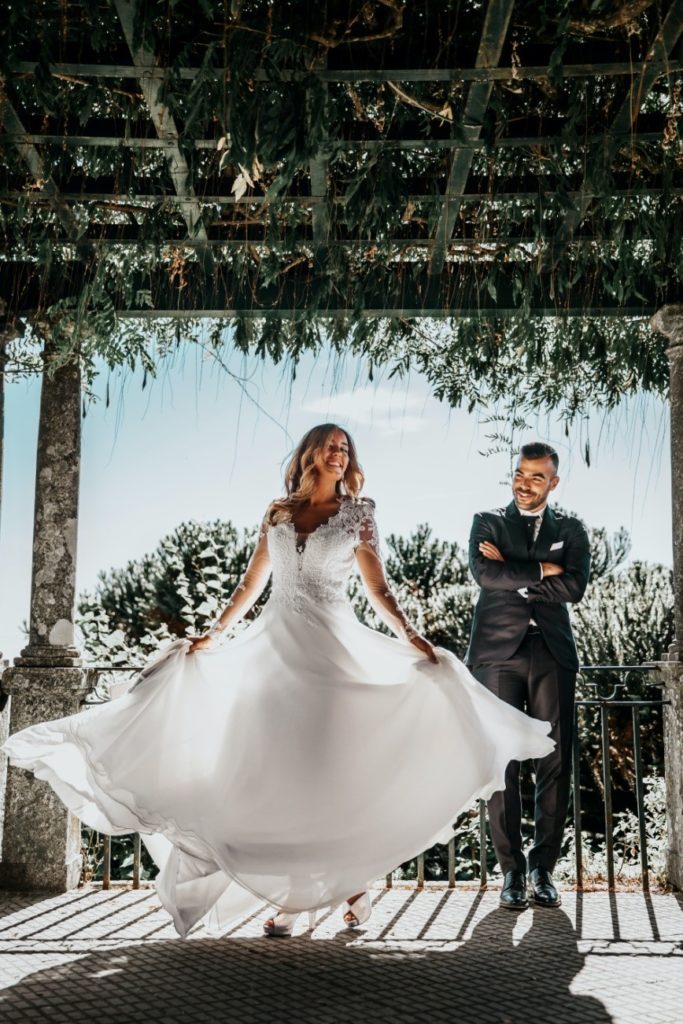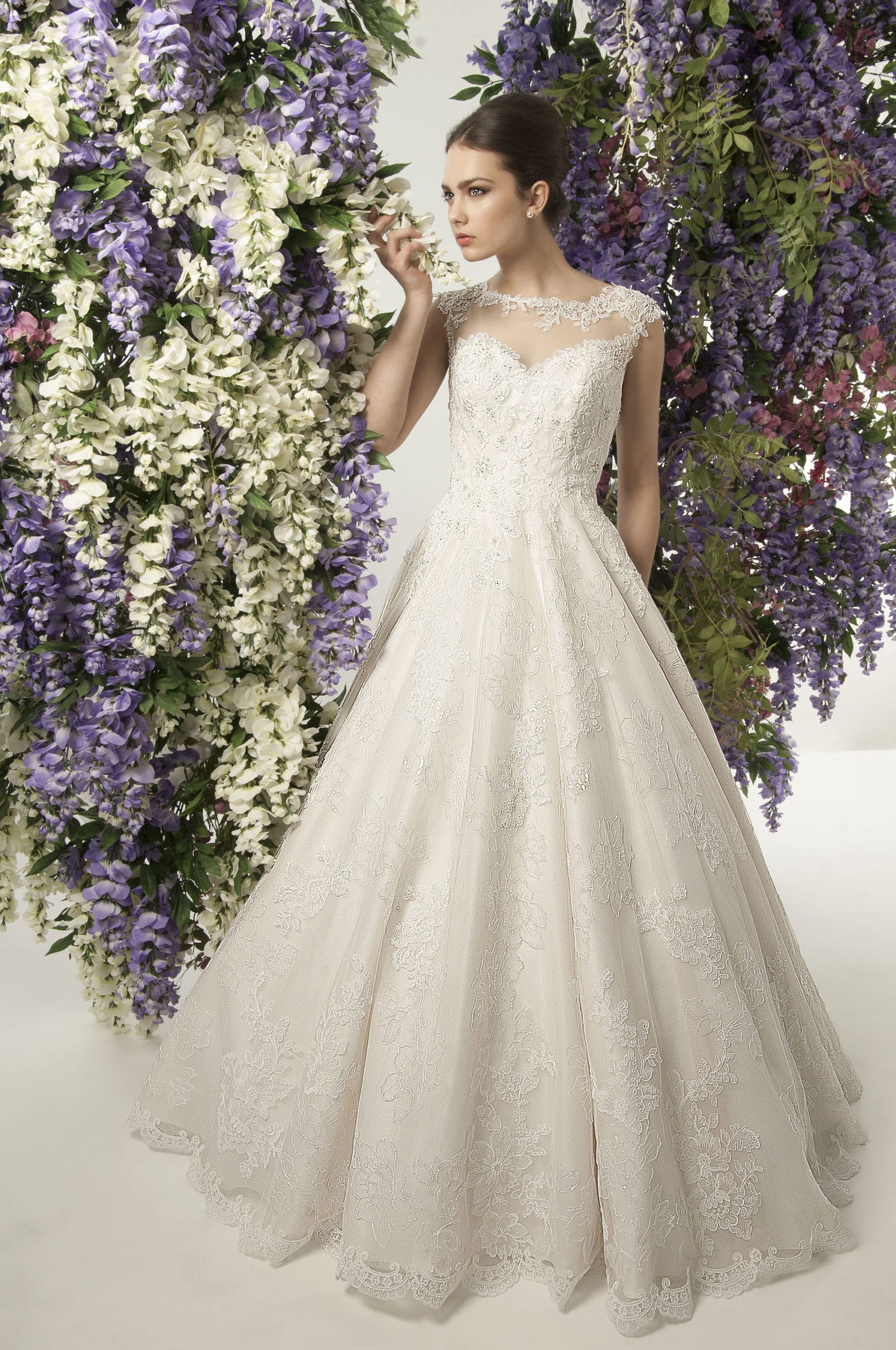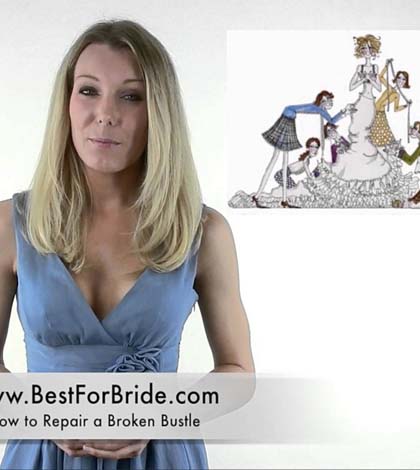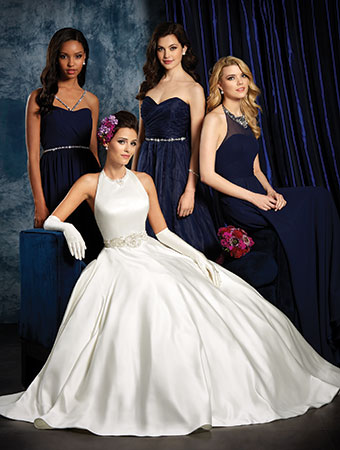
Shopping for your wedding dress is only half the work. Alterations are the next essential step to get your dress ready for your wedding day.
Although wedding dress alterations are not as complicated as wedding dress shopping, they present their own set of challenges. Preparing for the task in advance will help you get the best results. From our experience of many years in providing alteration services to brides, we have compiled this list of the important do’s and don’ts to help you ensure your alteration services progress smoothly. Take a look at what they are.
DO select a service that specializes in wedding dress alterations
It isn’t wise to entrust your wedding dress alteration to anyone other than a professional seamstress who specializes in wedding dress alterations. Unlike regular dresses, wedding gowns are complex garments. Not all tailors are adept at handling the complexity of such garments. They may also not have the tools to handle this task. So, you risk the outcome unless the dress has a simple silhouette and or simple details when you ask a regular tailor to do your alteration.
DON’T forget to check reviews
Wedding dress alterations are expensive. However, if the task is done well, it is worth every penny you spend. Unfortunately, this isn’t always the case. Before you finalize a person for the job, make sure you check their reviews. Experienced and professional alteration services will have happy customers who provide good feedback. Also check around for recommendations from family and friends. Finally, don’t be hesitant to ask for samples of previous work from the alteration service provider, if you are unsure.
DO set aside enough time to complete all the fittings properly
Rush jobs often result in poor results. So, set aside enough time to properly complete your alterations. You will usually need two to three fitting appointments to complete the task. Make your first appointment at least six weeks before your wedding date. Schedule the rest of the appointments after consulting your seamstress. Make sure that your appointments are spaced well, so that your tailor has enough time between sessions to complete the intended tasks on time. Follow this wedding dress shopping timeline on the Knot for best results.
DON’T forget to factor in the budget for alterations
When you plan your wedding dress budget, don’t forget to include the cost of alterations. The expenses will depend on the size of dress you buy and the changes you desire. Some types of alterations are more expensive than others. For instance, custom changes like extra embroidery, moving of the hemline to another height or adding extra fabric to a dress can amount to a decent amount. Account for alterations into your planned dress budget, and you needn’t worry about your dress costing more than you anticipate.
DO schedule your final fitting closer to the wedding date
Your wedding dress is supposed to be perfectly fitted to your exact measurements. It is highly unlikely that you will retain the same shape or weight throughout your engagement, especially if you intend to lose weight in time for the wedding. Although you should schedule your fitting sessions weeks early, plan the last one just a week or two before your wedding day. This will allow your seamstress to fit the dress to your exact measurements so it drapes perfectly on your special day.
DON’T get the size wrong
If you are on a major weight loss program, it is important that you switch to a maintenance program at least two weeks before your wedding day. Accept how your body is at the time, and have your dress adjusted to the exact measurements. It isn’t likely that you will lose considerable weight during the time left. And if you do, you won’t look great in a dress that just hangs loosely off your frame. So, once your last dress fitting is done, say goodbye to your weight loss plans as well.
TIP: When you go dress shopping, never select a dress that is smaller than your actual size. Although you are sure to lose weight and fit into it in the months that come, it is a risk. If you do, your tailor can take in the extra inches and make it fit you correctly. However, if you don’t lose weight as intended, it is extremely difficult to add extra inches to a gown. This can ruin the finishing of the dress and hence isn’t advisable.
DO take the suggestions of your professional seamstress seriously
Your tailor will have had enough experience in carrying out alterations. So, she ought to give you the best possible advice regarding custom changes and size alterations. Go with her suggestions and don’t compel her to make changes she thinks aren’t possible. Remember that your seamstress can weigh several factors like fabric quality, placement of embellishments, your body type etc to figure out what changes are right and what aren’t. Accept her suggestions and choose to do alterations that she thinks will fit you best.
DON’T rush with custom changes or they can end up as a mess
It is possible that you want to make your dress truly unique through custom changes that alter the appearance of the dress entirely. If you decide to do this, remember that this usually involves more work than regular dress fittings. Discuss the necessary time with your seamstress and schedule your appointments accordingly. Make sure you leave enough buffer time before the wedding day to make sure the dress is ready and complete with all necessary alterations in time for your wedding.
DO remember to wear your wedding shoes to your alteration session
One of the things you should get right at your wedding dress fitting is the hemline of the dress. A hemline that is too long is an invitation for disaster. It can cause you to trip and fall, apart from making your dress look less than perfect. On the other hand, a dress that is too high ruins the entire bridal look. A floor-length gown should simply graze the ground as you walk. The height of your heels affects this greatly. Your dress can end up being too short or too long depending on the heel height. So, wear them to your dress alteration session.
Make sure you go shopping for your shoes soon after you complete dress shopping, so they are ready to try on by the time of your alterations. If the original shoes aren’t available, at least wear a pair with the same heel height that you intend to wear on your wedding day.
DON’T take too many people with you when you attend your fitting session
You may be tempted to invite your friends, bridesmaids and family to your fitting session. However, this isn’t a great idea. Not only can this be a distraction, it will also spoil the surprise of how you will look as a bride. Ask just a bridesmaid or your mother to come along to your alteration. Entrust the task of learning how to bustle your dress to this person. You can communicate what you want with your tailor on your own, and leave the rest of the work to her to handle.
DON’T hesitate to speak up your mind
Although you may not know much about wedding dress alterations and the details it involves, you should openly discuss your ideas with the tailor. Be flexible with your ideas and let her make suggestions that you may not have thought of. If you aren’t happy with the suggestions your seamstress makes, discuss this with her. This will allow her to make other suggestions that appeal better to you. In either case, open communication will allow you to clarify your doubts and find a dress that fits your vision perfect.
DO make sure you can comfortably move in your dress after it fits correctly
Alterations are intended to make sure the dress fits you closely. It should match your exact measurements, so the dress drapes on your figure without any bits hanging loose or bulging anywhere. While the dress ought to fit you like a glove, it is nonetheless necessary that you be able to move around in it. It shouldn’t be too tight that it stifles your movement. You should be able to walk, turn around and dance in it. Make sure this is possible at each of your dress alteration sessions. This is very important especially if your dress silhouette is a snug-fitting one like the mermaid, that tapers towards the feet and constricts free movement.
DON’T forget to check how the overall look comes together at the final session
Make sure that the big reveal on your wedding day is perfect, by checking it out for yourself at your fitting session. Book your hair and makeup trial on this day. Head to your bridal boutique after getting your hairstyle and makeup done as you would on your wedding day. When you try your dress on, you can see how the overall look comes together. This gives you the opportunity to tweak or change your style if you deem it necessary.
DO learn how to bustle your dress during the fitting
Bustling your wedding dress is a complex, but essential part of your wedding day. Ask your maid of honor or another bridesmaid to understand how to do it correctly after the wedding ceremony. For this, ask her to accompany you to one of your fitting sessions. Your seamstress can demonstrate the process and teach her how to do it correctly. If there are any questions or concerns, this opportunity will also allow you to clarify it and get it done without issues on your wedding day.
DON’T forget to wear the right undergarments to your fitting session
If your wedding gown must fit you exactly, it is important that you wear the same undergarments to the fitting sessions as you would on your wedding. Find perfectly fitting, functional undergarments that create the right silhouette, for this purpose. Make sure that it doesn’t show from beneath the white color of your wedding dress. It is advisable to pick nude colors for this. Wear it to your fitting sessions, so your seamstress can alter the measurements correctly based on this factor.
DO find a reliable pressing and steaming service for your destination wedding
If your wedding is at a faraway destination, you will have to travel with your gown. Handling the gown during the journey can cause wrinkles, especially if the fabric is stiff and structured. Locate a reliable steaming and pressing service at your destination. They can get the wrinkles out and refresh your dress after the long journey. If you are lucky and the wrinkles are minimum, you can get them out by hanging it in a steamy bathroom.
TIP: If you must travel with your wedding dress, choose one with lightweight, breathable fabric that does not wrinkle easily. Also keep the embellishments to a minimum to avoid the chances of damage to it. For more ideas on how to pick the right dress for your destination wedding, take a look at this article on the Brides website.
DON’T forget to check your dress for any signs of damage that need to be addressed
Take a close look at your wedding dress before the conclusion of every session to make sure it is free from damage. If you find any stains, tears, frayed threads or embellishments that come off, have the damage rectified at your fitting session. Don’t overlook this step at this stage. It will not be easy to have it fixed if you discover such damages later, if you find it on your wedding day.
Tailors specializing in wedding dress alterations have the expertise to do dress alterations. Stores like Best for Bride that offer custom wedding dress designs will have seamstresses with experience in custom stitching of wedding dresses. This will help greatly in ensuring a better finish for your completed wedding dress. Check out our alteration service at Best for Bride and the price rate for each change at this link to our website.


